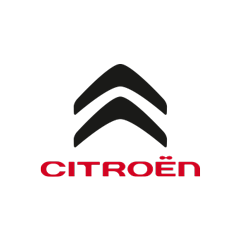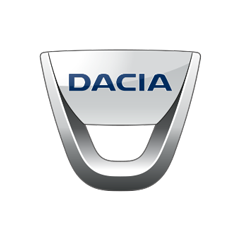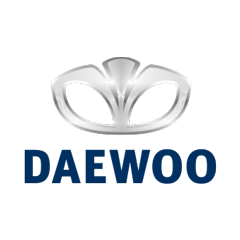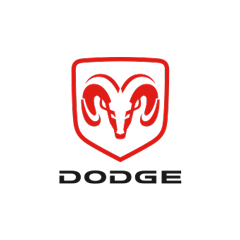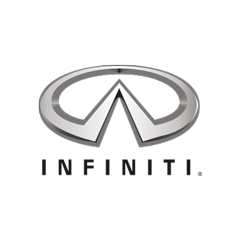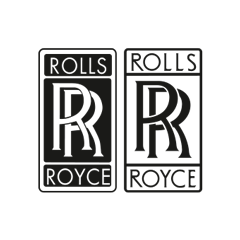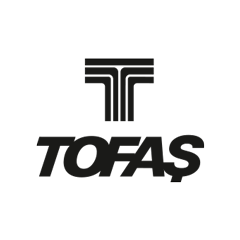
HYUNDAI i20
Generations Timeline, Specs and Pictures

There is a new, third generation of the Hyundai i20.
Launched at the 2020 Geneva Motor Show, this new i20 changed the car’s trend towards a sportier and more technological vehicle.
Lower, wider and just a bit longer than before, the third i20 generation comes with more infotainment features and, for the first time, an Android Auto and Apple CarPlay system that can be used wirelessly. There are two 10.25” displays, one for the instrument cluster and one for the infotainment system. The latter one can be used in split-screen mode for multitasking.
In the safety department, Hyundai came with a big package, starting with front collision assist, which can also detect pedestrians and continuing with rear collision warning, blind spot monitoring, lane following assist and an intelligent parking assistant that will automatically brake the car if an obstacle or other moving object is detected.
The mild-hybrid trend also caught up with the big Korean manufacturer. The 2020 i20 has a 48-volt electrical system and a small battery that allow an improved fuel consumption. Hyundai has dropped the diesel engines and only three gasoline units were available at launch. A 1.0-liter with three cylinders and two power outputs: 100 and 120 hp and a base model with a 1.2-liter four-cylinder unit with 84 hp. Hyundai offers a 6-speed manual transmission for the 1.0-liter engine and a 5-speed for the other one. The mild-hybrid system is offered as an option for the 100 hp engine, is standard for the 120 hp and not available for the base engine.

Hyundai refreshed its supermini contender i20 in 2018, four years after the model introduction on the market.
The increasing market share of the supermini segment made more and more carmakers focus on new products, such as the i20. Its hatchback shape and decent interior volume made these vehicles a better choice for city environments, and they were good enough to carry four adults inside and still fit in tight parking spots.
In 2018, at the Auto Expo India, the Korean carmaker introduced a facelifted version of the i20. At the front, the car featured a new bumper and the Hyundai’s signature Cascading Grille. The back of the car was enhanced even further with a new set of taillights and bumper. Starting with the facelifted version, the carmaker introduced the option of a two-tone black roof and a sunroof.
Inside, the i20 offered room for four adults and 326 liters (11.5 cu-ft) of luggage. By folding down the rear seats, that space increases to 1,042 liters (36.8 cu-ft). Hyundai installed a standard 7” display with screen mirroring for the infotainment, with an option for an upgraded system that integrated navigation, media, and connectivity features.
Under the hood, Hyundai installed a choice of gasoline engines ranged between 75 hp and 120 hp paired with a five or six-speed manual or a seven-speed automatic (dual-clutch). For selected markets, the carmaker offered the option for a CVT.

The small-class Hyundai, called the i20, reached its second generation in 2014 when it was first launched in August and showed in public for the first time at the Paris Motor Show in October the same year.
The new model came with new engines, new styling, and a better safety structure.
In order to make the car more appealing to European customers, Hyundai decided that the design should be made in its design office from Russelsheim – Germany.
Inside, there is a new infotainment system, which includes USB and supports Apple CarPlay and Android Auto, as an option. The cabin has room for five passengers and a trunk of 326 liters (11.5 cu.-ft).
For the engine compartment, Hyundai installed two gasoline engines of 1.25 liters and 1.4 liters, respectively and two turbodiesels of 1.1 and 1.4-liter respectively. Those who are preferring gasoline engines can choose the 1.25-liter “Kappa” four-cylinder in low-power (75 hp) or high-power with 84 hp. For this engine, the standard transmission is a 5-speed manual. The 1.4-liter gasoline engine is mated to a six-speed manual as standard, or four-speed automatic transmission gearbox. For diesel users, Hyundai offers two choices of engines, a 1.1-liter and a 1.4-liter, with 75hp or 90hp respectively. Both versions are mated with a 6-speed manual transmission.

In 2008, at the Paris Motor Show, Hyundai revealed the i20.
It was the right vehicle to replace the outdated Getz small MPV. Their design center from Russelsheim, Germany, had decided that the vehicle had to be a hatchback. It was a time when that market was growing, although it soon collapsed due to the world economic crisis.
The all-new platform was based on a McPherson strut suspension and a rear torsion beam suspension. The long 2525 mm (99.4”) wheelbase gave more legroom for the rear passengers. The tall bodywork gave them enough headroom. It was a good car for city and around, the typical car for a commuter.
Inside the vehicle, there were plenty of options to make the car pleasant and efficient. While most of the trim levels came with manual air-conditioning, the top trim levels had automatic climate control. The fabric materials on the seats were in segment standard.
Under the hood, the i20 came equipped with decent powertrains. For commuters, the i20 offered four turbodiesel units, ranging from a frugal 1.4-liter that offered 75 hp and 90 hp, respectively, to a more potent 1.6-liter unit with either 115 hp or 128 hp. For the gasoline lovers, Hyundai offered three engine choices of 1.2-liter, 1.4-liter and 1.6-liter displacements, respectively. Only the 1.4-liter and the 1.6-liter could be mated to an automatic transmission.









